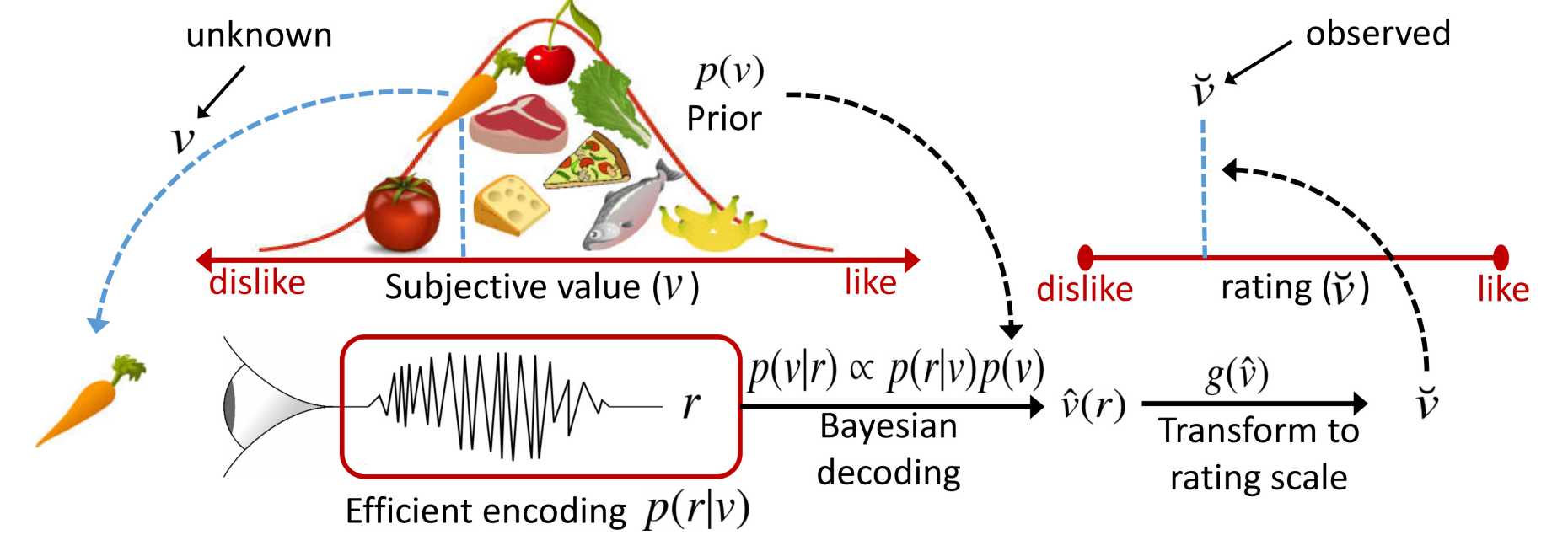Neural foundations of perceptual and economic decisions

Preference-based decisions are essential for survival, for instance when deciding what we should (not) eat. Despite their importance, choices based on preferences are surprisingly variable and can appear “irrational” and “suboptimal” in ways that have defied mechanistic explanations. These deviations from “optimality” might indeed emerge by the parallel interaction of both the perceptual and preference-based neural machinery operating under distinct/similar mechanistic regimes in our brains. The research agenda our lab strongly focuses on solving this puzzle via a long-needed characterization of unifying principles (using both theoretical and empirical research) that combines knowledge from the fields of computer science, neuroscience, psychology and economics.
Representative publications
Hill H, Suzuki S., Polania R., Moisa M, O’Doherty, Ruff C. (2017) A causal account of the brain network computations underlying strategic social behavior. Nature Neuroscience
external page article - external page commentary
Yousefi A, Kakooee R, Beheshti MT, Dougherty DD, Eskandar EN, Widge AS, Eden UT. (2017) Predicting learning dynamics in Multiple-Choice Decision-Making Tasks using a variational Bayes technique. IEEE Eng Med Biol Soc
external page article
Polania R., Moisa M., Opitz A., Grueschow M., Ruff CC. (2015). The precision of value-based choices depends causally on fronto-parietal phase-coupling. Nature Communications
external page article - external page press
Grueschow M, Polania R., Hare TA, Ruff CC. (2015). Automatic versus choice-dependent value representations in the human brain. Neuron
external page article
Polania R., Krajbich I., Grueschow M., Ruff CC. (2014). Neural oscillations and synchronization differentially support evidence accumulation in perceptual and value-based choices. Neuron
external page article